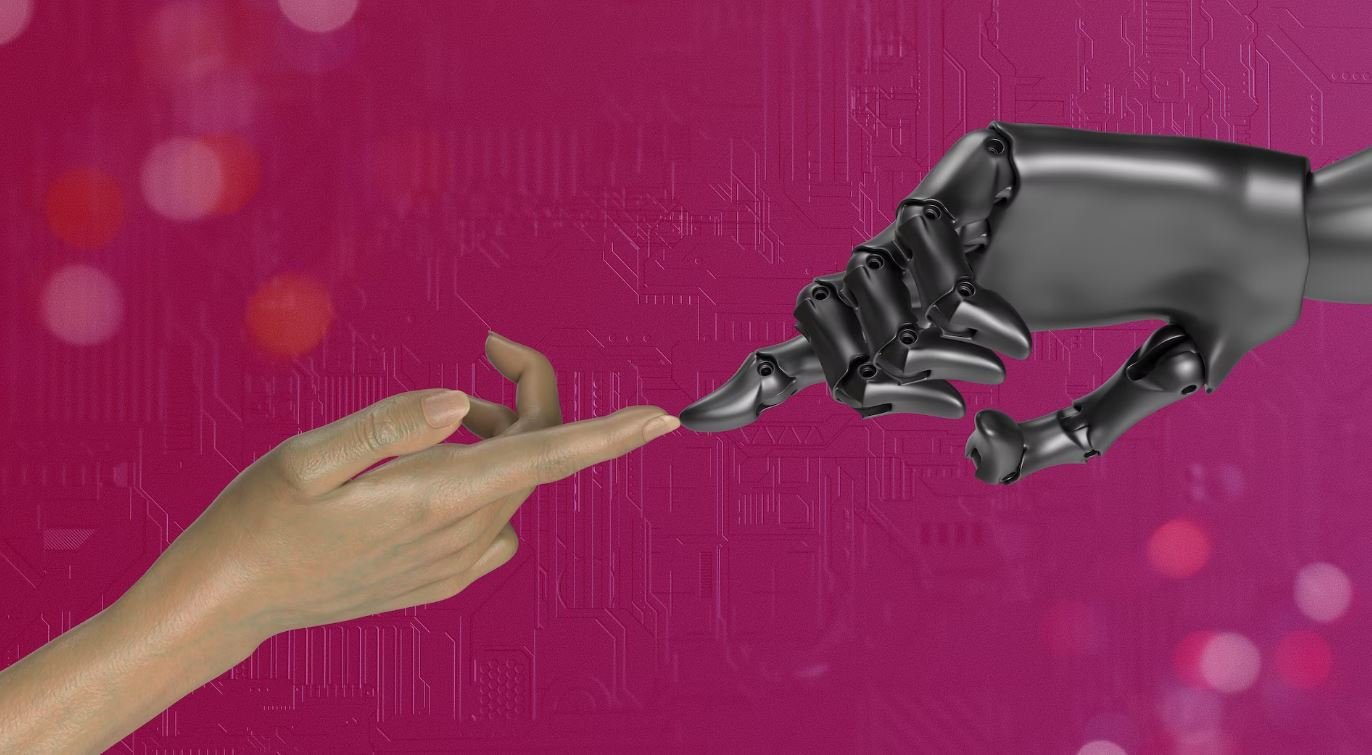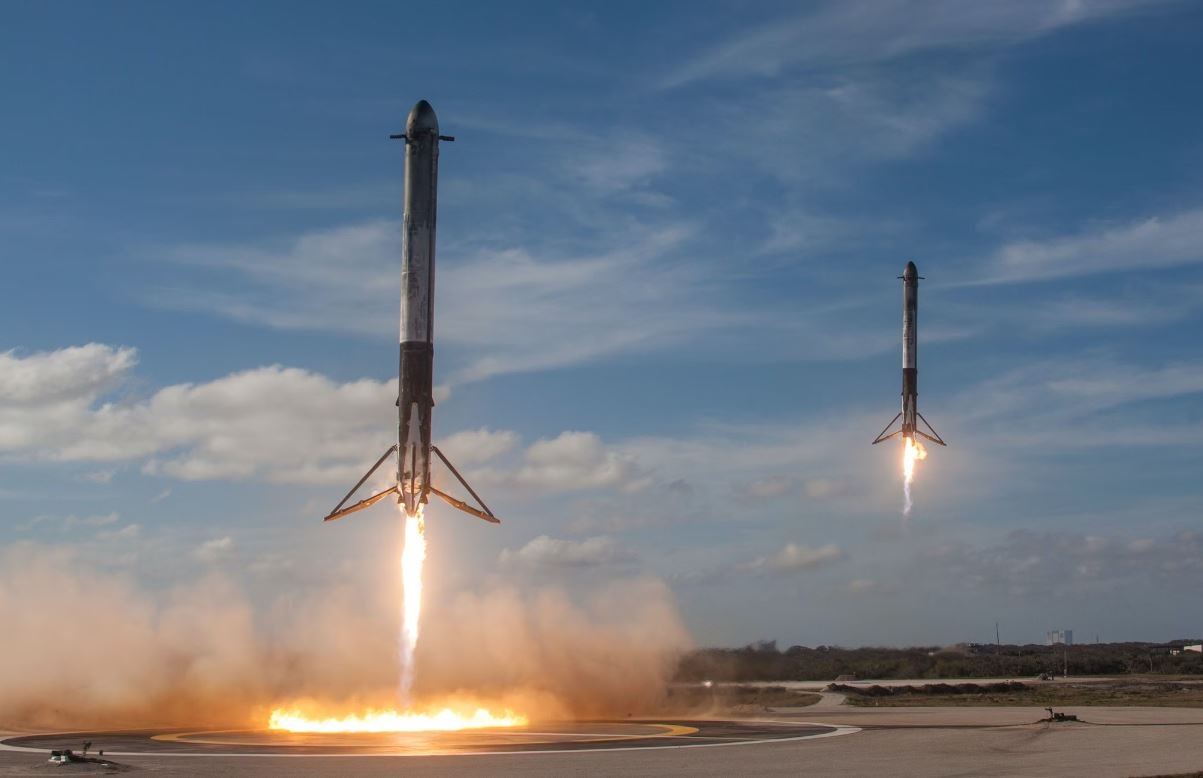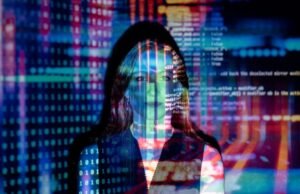Can Tesla Car Drive Itself?
With the rapid advancement of autonomous vehicle technology, many people have wondered if Tesla cars are capable of driving themselves. In this article, we will explore the capabilities of Tesla’s Autopilot system and discuss the potential of fully self-driving cars in the future.
Key Takeaways:
- Tesla cars feature an Autopilot system that provides advanced driver-assistance capabilities.
- The Autopilot system is not fully autonomous and requires the driver to remain attentive and take control when needed.
- Tesla is actively working on developing a fully self-driving system called “Full Self-Driving” (FSD) which aims to enable hands-free driving in the future.
The Autopilot system, available in Tesla vehicles, is an advanced driver-assistance system that enhances safety and convenience on the road. It combines cameras, sensors, and machine learning algorithms to enable features like adaptive cruise control, lane centering, and automatic lane changes. *This system allows the car to automatically adjust its speed, maintain its lane, and change lanes with minimal driver input.* However, it is important to note that Autopilot is not a fully autonomous system.
While Tesla cars with Autopilot can handle many driving tasks autonomously, the driver is required to remain attentive, keep their hands on the steering wheel, and be ready to take control at any moment. *This key caveat ensures that the driver is responsible for the vehicle’s operation and safety.* Tesla also emphasizes the importance of active driver supervision when using Autopilot.
Tesla’s ultimate goal is to achieve fully self-driving capability. The company is actively working on developing a system called “Full Self-Driving” (FSD), which aims to enable hands-free driving in the future. *FSD is designed to navigate complex environments, including city streets and highways, without input from the driver.* However, it is important to note that FSD is currently in beta testing and is not yet considered a fully autonomous system.
Autopilot vs. Full Self-Driving Capability
It’s essential to understand the difference between Tesla’s Autopilot system and Full Self-Driving (FSD) capability. The table below summarizes the key distinctions:
| Autopilot | Full Self-Driving Capability |
|---|---|
| Advanced driver-assistance features | Hands-free driving |
| Requires driver supervision | Requires less driver attention |
| Automatic lane changes and parking | Advanced autonomous navigation |
While Autopilot offers a range of advanced driver-assistance features, Full Self-Driving (FSD) capability aims to take autonomous driving to the next level. Tesla’s FSD system is designed to handle complex driving maneuvers without requiring constant driver supervision, offering a glimpse into the future of fully self-driving vehicles.
Current Limitations and Future Potential
While Tesla’s Autopilot and Full Self-Driving capability showcase remarkable advancements in autonomous vehicle technology, there are still limitations to consider. It’s important to be aware of the following:
- Autopilot is not a substitute for an attentive driver and cannot detect all objects or prevent all accidents.
- Full Self-Driving is still in development and requires further refinement and testing before widespread rollout.
- Regulatory and legal frameworks need to be established for the safe deployment of fully autonomous vehicles.
Despite the current limitations, the potential of self-driving cars is undeniable. As technology continues to improve and regulatory frameworks adapt, autonomous vehicles could revolutionize transportation, enhancing safety, efficiency, and accessibility.
Conclusion
While Tesla cars equipped with Autopilot have advanced driver-assistance capabilities, including automatic lane changes and adaptive cruise control, they are not fully autonomous. Tesla is actively working towards achieving full self-driving capability with its FSD system, which aims to enable hands-free driving in the future. However, it’s important for drivers to remain attentive and ready to take control while using Autopilot. As autonomous vehicle technology continues to evolve, the future of self-driving cars holds immense potential for transforming the way we travel.

Common Misconceptions
Misconception 1: Tesla cars can fully drive themselves in all situations
Many people mistakenly believe that Tesla cars have full autonomous capability and can drive themselves under all circumstances. However, this is not entirely true.
- Tesla’s autopilot system still requires the driver’s attention and supervision at all times.
- The autonomous features are limited to specific scenarios and road conditions.
- Tesla’s self-driving technology is still in continuous development and not fully foolproof yet.
Misconception 2: Tesla cars are perfect at navigating complex city environments
Another common misconception is that Tesla cars can flawlessly navigate through complex city environments without any human input. However, this is not entirely accurate.
- Tesla’s autopilot system can struggle in situations with unclear or missing road markings.
- Complex intersections and streets with heavy pedestrian traffic may require driver intervention.
- Human oversight is still necessary to ensure safety in unpredictable urban environments.
Misconception 3: Tesla cars eliminate the need for a driver’s license
Some people mistakenly believe that Tesla cars equipped with autonomous features eliminate the need for a valid driver’s license. However, this is not the case.
- Current regulations still require a driver to possess a valid license to operate a Tesla.
- While Tesla cars can assist in driving, the responsibility of operating the vehicle lies with the driver.
- Driving without a valid license in an autonomous-capable vehicle is illegal in most jurisdictions.
Misconception 4: Tesla cars are immune to accidents
Another common misconception is that Tesla cars are immune to accidents due to their advanced autonomous features. However, accidents can still occur with Tesla vehicles.
- Tesla’s autopilot system is not infallible and can encounter errors or fail in certain circumstances.
- Weather conditions, road hazards, and unexpected events can affect the performance of autonomous features.
- Driver negligence or misuse of the system can also contribute to accidents.
Misconception 5: Tesla cars will replace human drivers entirely in the near future
Some individuals believe that Tesla cars will soon render human drivers obsolete and fully replace them on the roads. However, this belief is not grounded in reality.
- While Tesla is at the forefront of self-driving technology, achieving full autonomy on public roads is a complex challenge.
- Public acceptance, legal frameworks, and infrastructure updates are still necessary before widespread adoption can occur.
- The transition to fully autonomous vehicles will likely be a gradual process taking several years or even decades.

Introduction
Tesla, the forward-thinking automobile company, has made waves in the automotive industry with its innovation and cutting-edge technology. One of the most intriguing features of Tesla vehicles is their potential to drive themselves. In this article, we will explore various aspects of Tesla’s self-driving capabilities through a series of interesting and data-driven tables.
Table: Tesla Autopilot Features
The table below presents a comprehensive list of features offered by Tesla’s Autopilot system, which forms the foundation for its self-driving capabilities.
| Feature | Description |
|---|---|
| Adaptive Cruise Control | Automatically adjusts vehicle speed based on traffic conditions. |
| Autosteer | Assists with steering within clearly marked lanes. |
| Autopark | Parks the vehicle automatically in parallel or perpendicular spaces. |
| Summon | Allows the vehicle to navigate itself to the owner within a parking lot. |
| Full Self-Driving (Beta) | Potential for the car to navigate on its own without human intervention (in limited scenarios). |
Table: Tesla Vehicles Equipped with Autopilot
The table below showcases the various Tesla car models that come with the Autopilot system pre-installed.
| Model | Autopilot Availability |
|---|---|
| Tesla Model 3 | Standard on all models |
| Tesla Model S | Standard on all models |
| Tesla Model X | Standard on all models |
| Tesla Model Y | Standard on all models |
Table: Tesla’s Autonomous Driving Hardware
Here, we delve into the hardware components employed by Tesla to facilitate autonomous driving.
| Hardware Component | Description |
|---|---|
| Cameras | Around eight cameras provide 360-degree vision for the vehicle. |
| Ultrasonic Sensors | Allows the vehicle to detect objects and navigate in tight spaces. |
| Radar | Provides additional information about the surroundings through radio waves. |
| Computer System | Employs advanced AI algorithms to process sensor data and make driving decisions. |
Table: Autopilot Safety Statistics
In this table, we highlight some noteworthy safety statistics related to Tesla’s Autopilot feature.
| Statistic | Value |
|---|---|
| Autopilot Crash Rate | 1 crash per 4.19 million miles driven |
| Human-Driven Car Crash Rate (US Average) | 1 crash per 484,000 miles driven |
| Percentage Reduction in Crashes with Autopilot | 33% |
Table: Autopilot Capabilities vs. Competitors
Let’s compare Tesla’s Autopilot features with those offered by its major competitors in the market.
| Feature | Tesla Autopilot (Current Version) | Main Competitor |
|---|---|---|
| Autosteer on City Streets | No | Available |
| Navigate on Autopilot | Yes | Available |
| Recognize Traffic Lights & Stop Signs | Yes | In Development |
| Autopark | Yes | Available |
Table: Tesla’s Vision for the Future
Tesla has set lofty goals for the evolution of its self-driving capabilities. Explore the vision outlined by the company below.
| Vision | Description |
|---|---|
| Level 5 Autonomy | Tesla aims to achieve the highest level of vehicle autonomy, allowing cars to drive without any human input. |
| Robotaxi Fleet | The vision includes an extensive network of self-driving taxis available for ridership. |
| Autonomous Trips | Tesla envisions cars autonomously ferrying passengers to destinations based on ride-hailing requests. |
Table: Tesla Autopilot Software Updates
Recognized for its frequent software updates, Tesla has continually improved its Autopilot feature over time.
| Version | Notable Additions |
|---|---|
| Version 10.0 | Smart Summon, enhanced navigation, greater control over Autopilot settings. |
| Version 11.0 | Upcoming: Enhanced autopilot capabilities and enhanced traffic light recognition. |
Table: Tesla’s Self-Driving Laws by State
Explore the legal landscape surrounding self-driving cars in different US states where Tesla operates.
| State | Self-Driving Laws |
|---|---|
| California | Requires a permit to test fully autonomous vehicles. |
| Nevada | Allows testing of autonomous vehicles but requires a licensed operator behind the wheel. |
| Texas | No specific laws regarding autonomous vehicles, but issued guidelines for testing. |
Conclusion
Tesla has revolutionized the automotive industry with its Autopilot system and the promise of autonomous driving. Through the tables presented, we have unveiled various facets of Tesla’s self-driving capabilities, including its features, safety statistics, hardware, and future vision. As Tesla continues to push the boundaries of innovation, we can anticipate even greater advancements in the realm of self-driving technology.
Frequently Asked Questions
Can Tesla Car Drive Itself?
Is a Tesla car capable of driving itself?
Yes, Tesla cars are equipped with Autopilot, a suite of advanced driver-assistance systems, and Full Self-Driving (FSD) capability. With the proper hardware and software updates, Tesla vehicles can potentially achieve full autonomous driving in the future.
What is Tesla Autopilot?
Tesla Autopilot is a driver-assistance system that uses sensors, cameras, and radar to help control the vehicle’s speed, steering, and braking. It can assist with tasks such as lane-keeping, adaptive cruise control, and self-parking.
What is Full Self-Driving (FSD) capability?
Full Self-Driving (FSD) capability is an advanced feature that Tesla offers as an upgrade. It includes additional autonomous driving functionalities such as automatic lane changes, navigating intersections, and recognizing traffic lights.
Are Tesla cars capable of driving completely autonomously today?
No, although Tesla cars equipped with Autopilot and FSD capability can assist with driving tasks, they still require the attention and supervision of a human driver. Tesla’s goal is to achieve full self-driving in the future with ongoing software updates and regulatory approvals.
How reliable is Tesla Autopilot?
Tesla Autopilot is designed to enhance safety and convenience, but it is not infallible. While the system has demonstrated significant capabilities, drivers should remain vigilant and prepared to take over control of the vehicle at any given time.
What are the requirements for using Tesla Autopilot?
To use Tesla Autopilot, the driver needs to have their hands on the wheel and be ready to take control of the vehicle. Certain hardware and software updates may be required depending on the model and version of Autopilot. It is important to follow Tesla’s instructions and guidelines for safe usage.
Are Tesla cars legal to use with Autopilot?
Yes, Tesla cars equipped with Autopilot are legal to use, but they must comply with local road regulations and laws. It is the driver’s responsibility to ensure that they operate the vehicle safely and legally with the assistance of the Autopilot system.
How often does Tesla release software updates for Autopilot?
Tesla frequently releases software updates to improve and enhance Autopilot functionality. These updates can bring new features, improvements to existing capabilities, and bug fixes. Tesla owners are encouraged to keep their vehicles updated to benefit from the latest advancements.
Can Autopilot be used in all driving conditions?
Autopilot is primarily designed for use on divided highways with clear lane markings. It may not function optimally or be available in certain challenging driving conditions such as inclement weather, construction zones, or roads without proper markings. Tesla advises drivers to be attentive and ready to take control when necessary.
How does Tesla ensure the safety of Autopilot?
Tesla prioritizes safety and continuously works on testing, refining, and improving the Autopilot system. The technology undergoes rigorous development, evaluation, and validation processes. Tesla also relies on real-world data and customer feedback to enhance the system’s safety, reliability, and performance.




